/186aebfe-b5a3-4e61-aef5-9b4d96cb5c7b.png)
Qualitative Research Introduction
Review Rating Score
Welcome to BizzLibrary.com, your one-stop destination for all your qualitative research needs. In this article, we will provide you with an introduction to qualitative research, its importance, and the process involved in conducting qualitative research analysis.
Understanding Qualitative Research
Qualitative research is a method used to explore and understand complex phenomena in-depth. Unlike quantitative research that focuses on numerical data and statistical analysis, qualitative research aims to uncover insights and gain a deeper understanding of the subject matter. It involves collecting non-numerical data, such as interviews, observations, and textual or visual materials, to analyze and interpret the underlying meanings and patterns.
The Role of the Researcher
In qualitative research, the role of the researcher is crucial. The researcher becomes the primary instrument for data collection and analysis, often engaging in direct interactions with participants. This allows for a more personalized and in-depth exploration of the research topic. The researcher must be skilled in various qualitative research methods and possess strong analytical and interpretive abilities.
The Process of Qualitative Research
The process of conducting qualitative research typically involves the following steps:
- Defining the Research Question: The first step is to clearly define the research question or objective that the study aims to address. This will guide the entire research process.
- Data Collection: Qualitative data collection methods can include interviews, focus groups, observations, and document analysis. The researcher collects data that is rich in detail and depth, often using open-ended questions to encourage participants to share their experiences and perspectives.
- Data Analysis: Qualitative data analysis involves organizing, interpreting, and finding patterns within the collected data. This can be done through coding, thematic analysis, constant comparison, or other qualitative analysis techniques.
- Interpretation and Findings: Once the data has been analyzed, the researcher interprets the findings and identifies key themes, patterns, or trends. This helps in generating meaningful insights and conclusions.
- Reporting and Documentation: The final step involves documenting and reporting the research findings. This can be in the form of a research report, academic paper, or presentation.
Download Our Qualitative Research Introduction Document
If you are embarking on a qualitative research journey, our Qualitative Research Introduction document is the perfect resource to assist you. It provides a comprehensive overview of qualitative research, its significance, and the steps involved in conducting the research process. Download the document in DOCX format from BizzLibrary.com and begin your qualitative research endeavors on the right foot.
Is the template content above helpful?
Thanks for letting us know!
Reviews
Otto Cuevas(8/5/2023) - GBR
Thank you for this!!
Last modified
Our Latest Blog
- The Importance of Vehicle Inspections in Rent-to-Own Car Agreements
- Setting Up Your E-mail Marketing for Your Business: The Blueprint to Skyrocketing Engagement and Sales
- The Power of Document Templates: Enhancing Efficiency and Streamlining Workflows
- Writing a Great Resume: Tips from a Professional Resume Writer
Template Tags
Need help?
We are standing by to assist you. Please keep in mind we are not licensed attorneys and cannot address any legal related questions.
-
Chat
Online - Email
Send a message
You May Also Like

Review Guide And Article Summary: Analyzing Article Results, Variables, and Critique
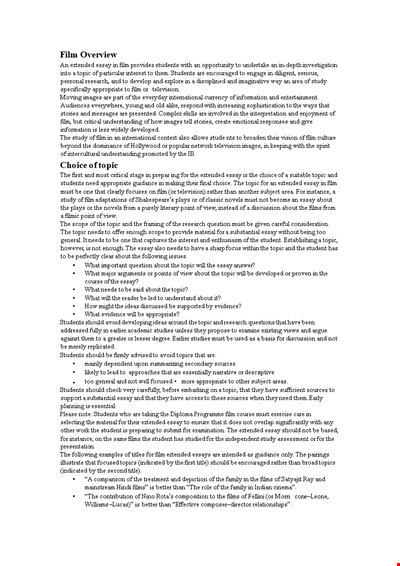
Film Extended Essay: Researching Topics & Crafting a Strong Essay
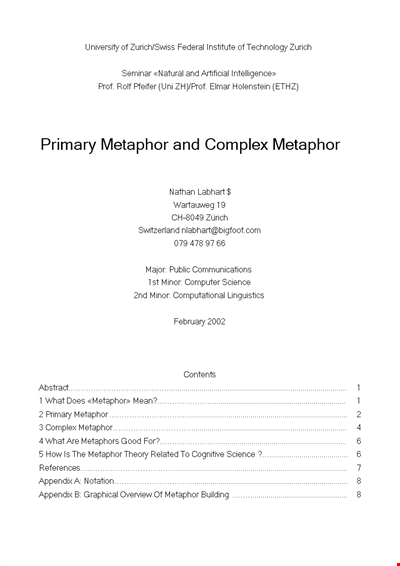
Discover the Power of Complex Metaphors: Unveiling the Primary Theory Behind Metaphors
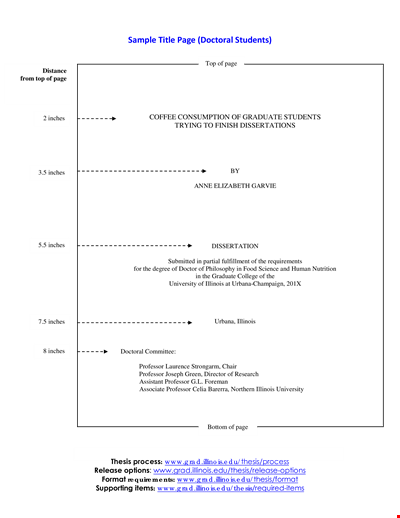
Doctoral Thesis Title Page | Inches | Illinois

One Bank Research - Financial Policy Insights & Analysis

Social Media Market Research Proposal Template | Advertising, Users, Facebook

Sample Literary Essay: Analyzing the Role of McMurphy
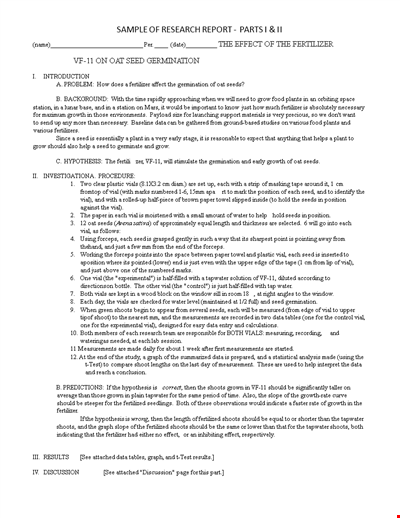
Simple Research Report: Seeds, Growth, Plant Results in PDF

Contaminated Devices Used During Cardiac Bypass Procedures: Heating Up the Bypass Process
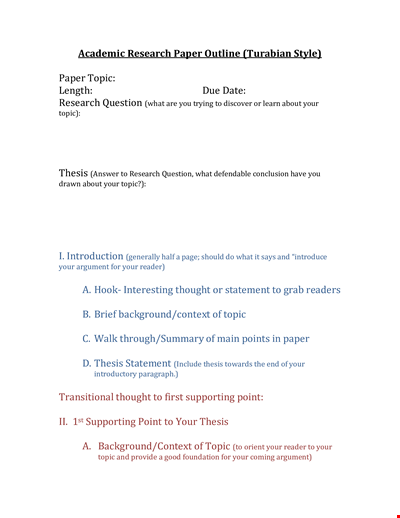
Spring Research Paper Outline: Thesis, Main Points, and Supporting Topics
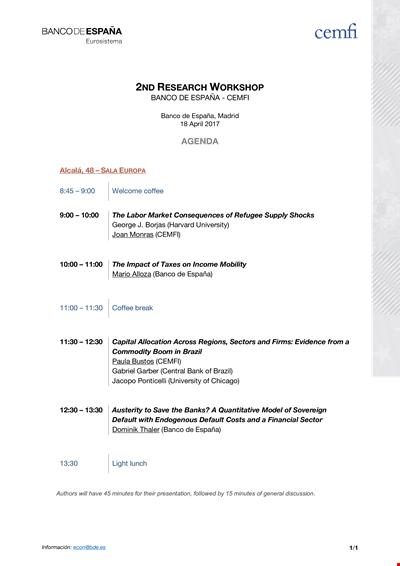
Research Workshop Agenda | CEMFI | España | Banco | Coffee
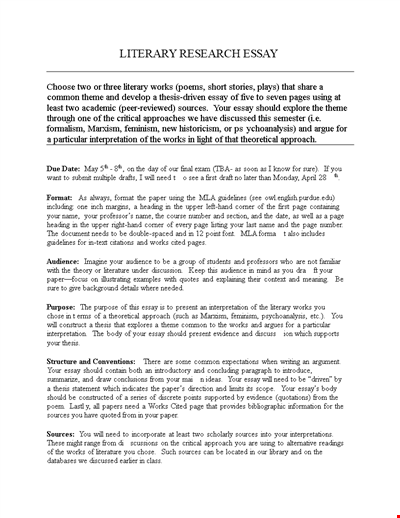
Sample Literary Research Essay: Essays, Thesis Works & Sources

Unique Equity Research

Research Paper Template Word Doc Download
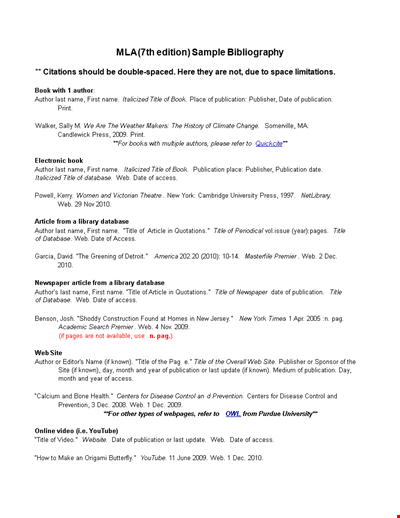
Free MLA Bibliography 8th Edition Sample - Title & Publication

Research Paper Examples: Paper Comment, Details & Supporting